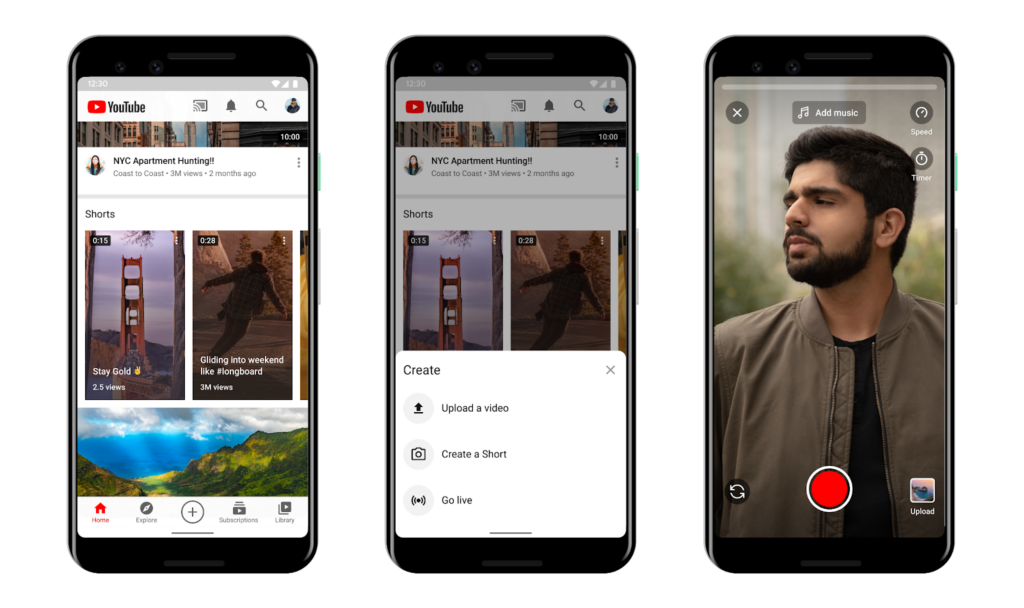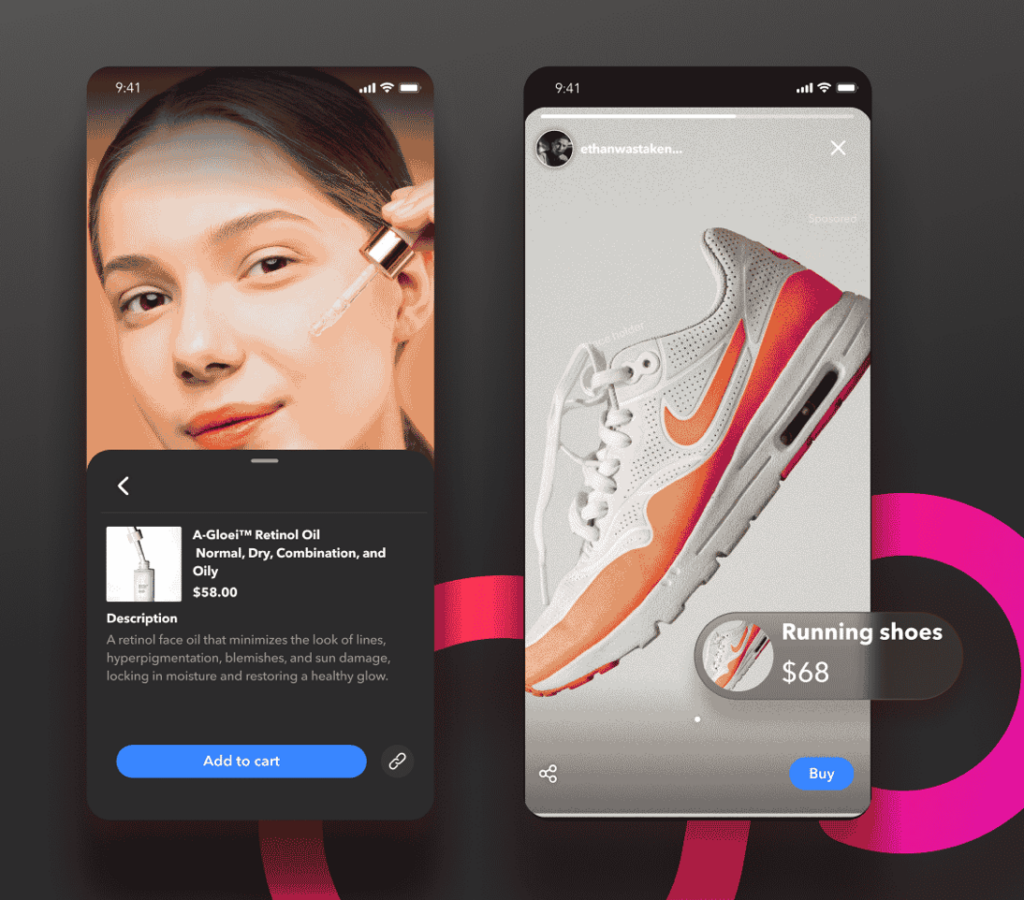Video is becoming an increasingly important factor in retail media’s explosive growth, which is emerging as the fastest-growing advertising segment.
A Brightcove and YouGov survey conducted in 2018 revealed that 76% of consumers have made a purchase following a video. Tech businesses have therefore been looking into ways to combine video and purchasing. Shopify businesses were able to organize shopping livestreams on social media sites with the help of CommentSold, a video commerce platform that was one of the first in this field and launched in 2017.
The route to purchasing has become much shorter since then. CommentSold got its moniker because viewers of livestreams on Facebook and Instagram can instantly receive a direct message (DM) that directs them to the retailer’s checkout page when they leave a comment on a video. Along with managing the entire process—from livestreaming to payments and shipping—the company also gives the vendor access to a website and a mobile app.
READ MORE: TikTok Tests 60-Minute Uploads As The Long-Form Push Continues

Additionally, TikTok has shaved even more time off of the user journey by allowing transactions to happen directly on the short-form video platform. The TikTok integration of CommentSold, which enables users to make purchases directly on the platform, is very valuable, according to CEO Gautam Goswami. “If Instagram followed suit, we could potentially see a significant increase in conversions on Instagram feeds as users wouldn’t have to search elsewhere,” he remarks. “A drop-off results from that.”
Buying-worthy shorts
Because of its live commerce features, TikTok has become a major player in Chinese e-commerce, with livestreams accounting for an estimated 25% of all transactions last year. However, as Goswami clarifies, things are different in the US: “The truth is that live selling did not catch on in the US.” CommentSold has noticed a trend, mostly on TikTok, away from live selling and toward shoppable clips. According to Goswami, “video clips are taking over even more than live in the US.”
READ MORE: Apps That Help You Skip Ads On YouTube Are Being Shut Down

In order to achieve this, the company last month introduced a new tool called AI ClipHero, which clips livestreams of shopping using artificial intelligence into brief, interactive films. The seller’s app’s shoppable feed then automatically displays these. According to Goswami, this TikTok-style feed takes users off the ByteDance app and into the merchant’s own domain while still offering them the scrollable experience they are accustomed to. “The consumer purchases from a shop on TikTok one, two, or three times, after which they search for the shop and download its app,” he claims.
Additionally, this lessens the organization’s need on TikTok, which is advantageous in situations where the Chinese company is subject to a US embargo. Goswami asserts, “There’s no doubt that our business will suffer if TikTok disappears.” Will that have disastrous consequences? Not in my opinion. Although I believe it will hurt for a little while, we are content to live without it.

Although TikTok plays a significant role in CommentSold’s operations, Goswami contends that there are other options. “Customer behavior is what drives adoption, and social media channels are what drive consumer behavior,” the speaker says. “Ignore TikTok; Reels on Instagram are the first engagement, even if TikTok disappears. Millennials and Gen Z will become disinterested in your store if it remains stagnant, as they will prefer to view the product on a creator. The rules change if they can truly view the entire creator’s video within the Shopify app. The uptake of shoppable clips will be fueled by this.
Letting the floods come in
However, the idea of a deluge of product advertisements on social media feeds runs the danger of alienating customers and drawing regulatory attention. The European Commission disclosed earlier this year that eighty percent of influencers neglected to identify content that was paid for. Furthermore, even though independent companies are probably going to follow the guidelines, they can get caught in the crossfire.

According to Goswami, this will result in a more distinct separation between platforms for shopping and entertainment. He notes that “people don’t necessarily want to buy when they are in entertainment mode.” “Look at TV; if you believe that shopping and entertainment go hand in hand, then there ought to have been television with QR codes.”
Therefore, he predicts that within the next five years, shoppable-only applications will emerge from social media firms; these apps will serve as destinations for product browsing alone, distinct from social apps whose own shopping content will deteriorate.
Goswami remarks, “I’m already seeing a lot of pushback here from our customers, our viewers, and our creators.” Every three swipes on TikTok, a shoppable video is displayed. Now, please quit trying to sell me stuff; I’m just here to have fun! Additionally, it gives you the impression that someone is spying on you because, after seeing a video of a certain resort, you continue to see advertisements for it for the next ten minutes. That simply isn’t fair; it seems very invasive.
Radiant TV, offering to elevate your entertainment game! Movies, TV series, exclusive interviews, music, and more—download now on various devices, including iPhones, Androids, smart TVs, Apple TV, Fire Stick, and more.


